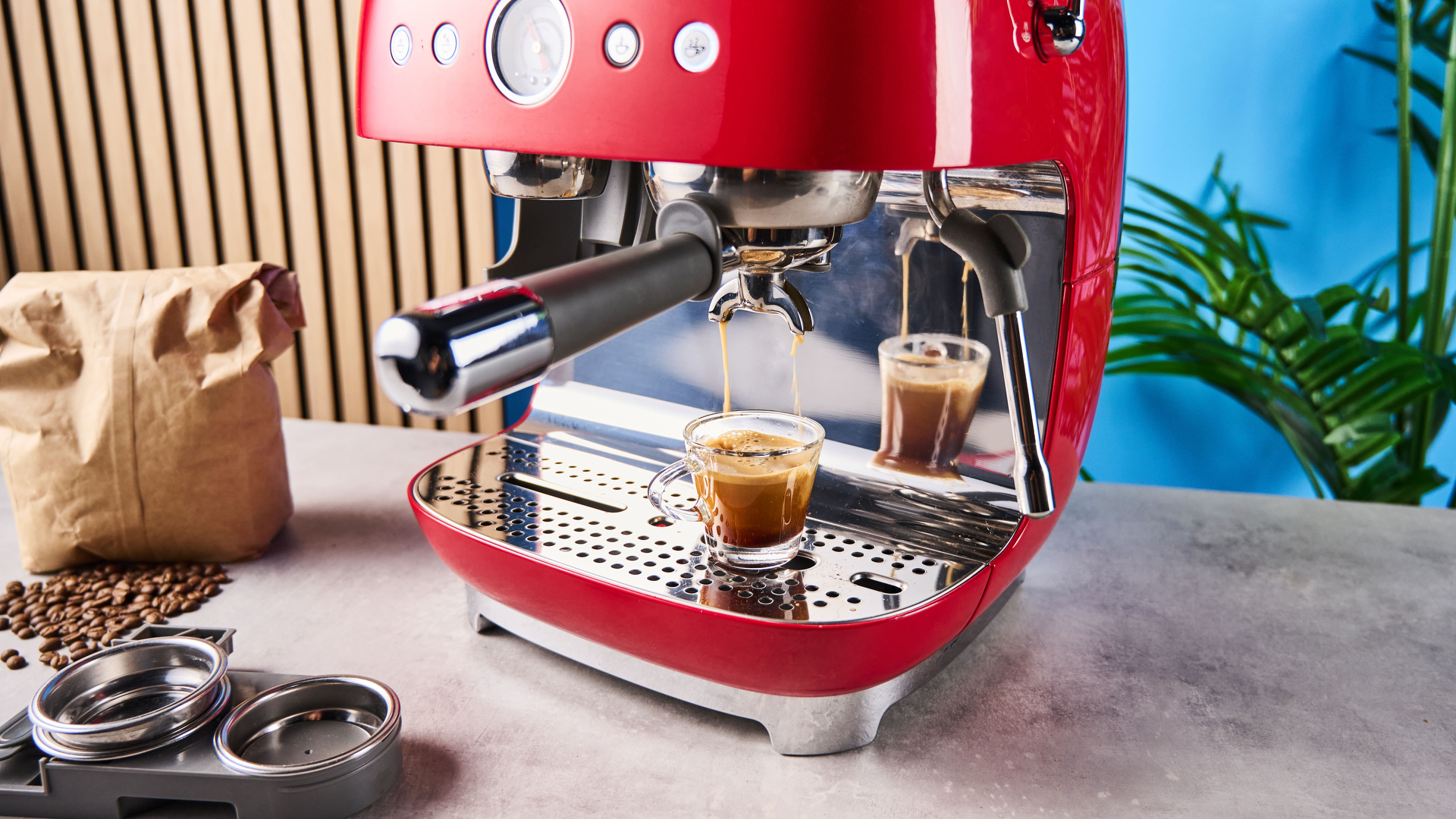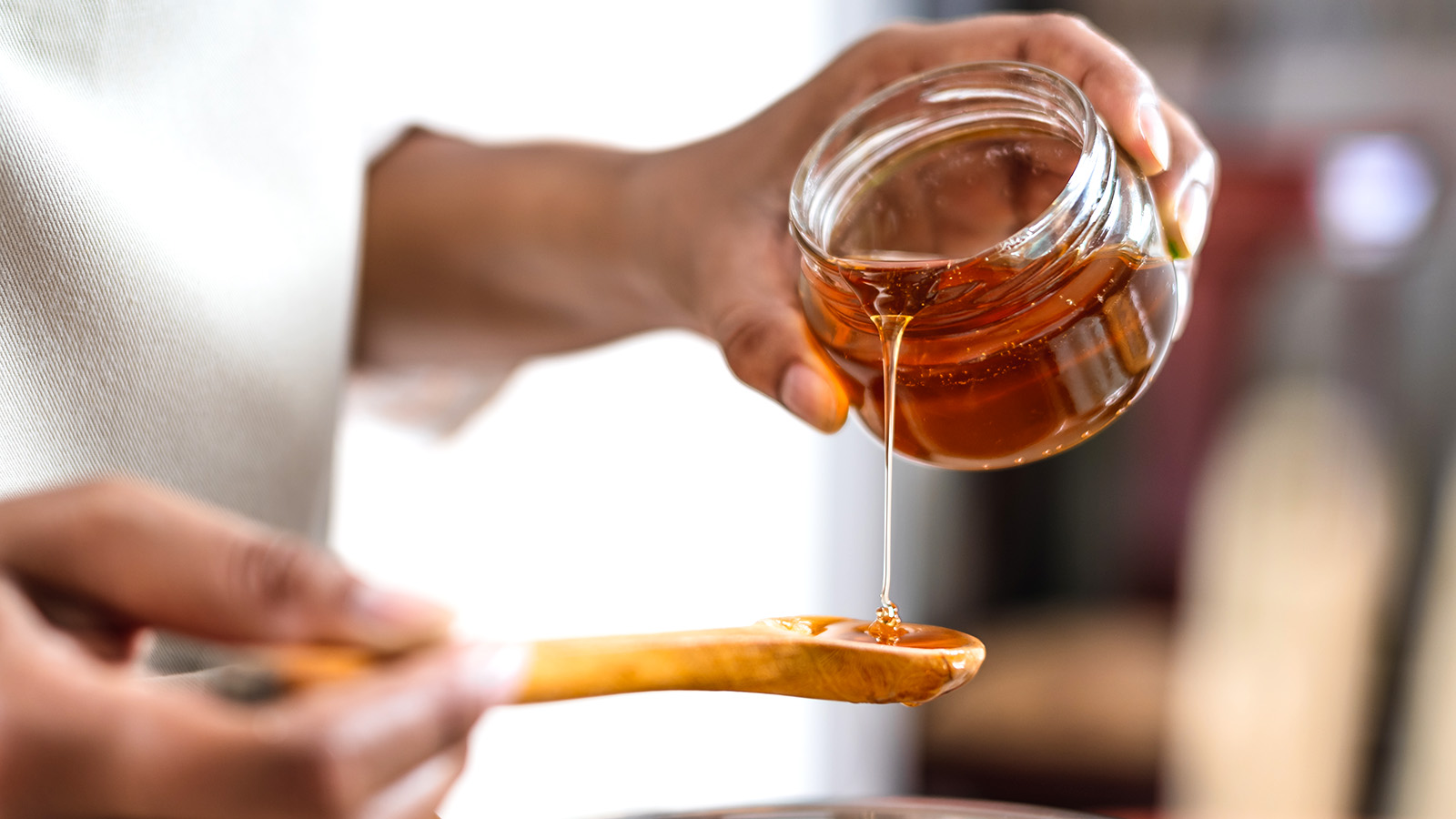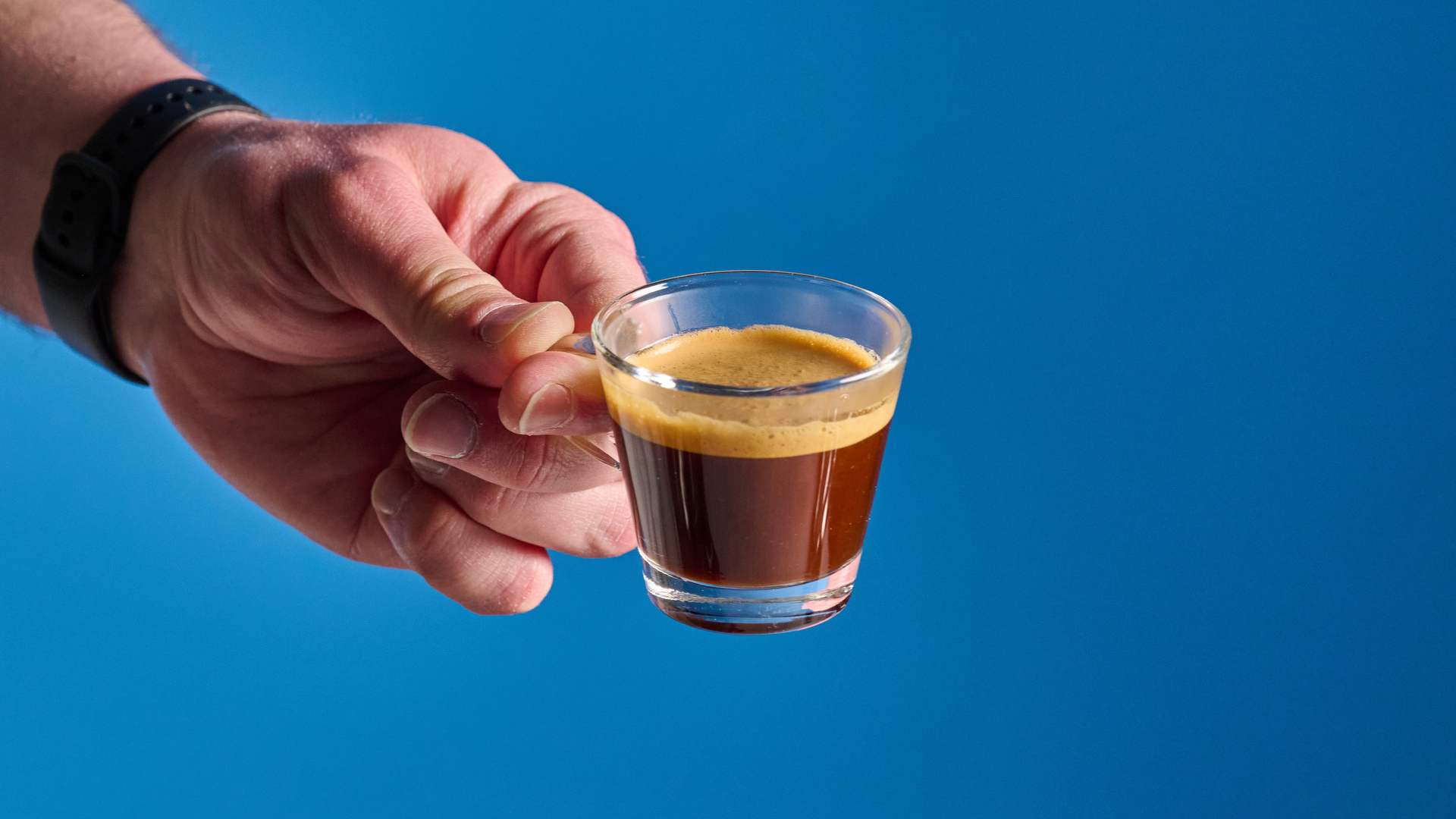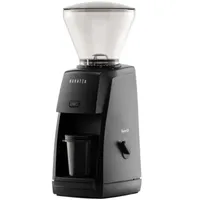I just discovered this simple hack to tell if you're brewing good espresso — and I wish I learned it sooner
A coffee expert shares this 'simple visual cue' to help you fix it

Brewing coffee is all about the science, but when things get complicated, it's nice to have a simple sensory indicator for when you're getting things right, or wrong.
That's what I do when I steam milk. At barista school, I was taught to listen for the sound of tearing paper when trying to stretch my milk. If it sounds like a screech, you're doing it wrong.
But there's another shortcut to telling if your espresso machine is brewing correctly, and it could be the answer to whether or not your grind size needs changing. It comes from one of my favorite coffee influencers, Tanner Colson, and it uses a common kitchen ingredient: honey.
Honey honey
A post shared by Tanner Colson (@tannercolsoncoffee)
A photo posted by on
Aside from flavor, it can be tricky to tell if you're getting the most out of your coffee maker. And things start at the grinder. No matter how good your gear, if you're grinding too fine, your coffee will come out sour and over-extracted. If your grind size is too large, you won't develop that pressure which results in a well-balanced, creamy brew.
But one of the best ways of telling if your coffee is extracting the right way is through watching it. At barista school, they told me to look for 'ropes' of coffee. Thick and uninterrupted, but not gushing.
Now, thanks to Tanner Colson, I have a better analogy. Think about the flow speed of honey when you pour it from a squeeze bottle, or use a honey stick to drizzle it over a bowl of yogurt.

That right there is roughly the sort of flow you're looking for when brewing espresso. Coffee nuts may rush to tell me that it depends on a huge amount of factors, and they're not wrong, but I know this is a hack I wish I'd had in my arsenal when I was first getting to grips with making my own espresso at home.
Get instant access to breaking news, the hottest reviews, great deals and helpful tips.
The Encore is our top pick of coffee grinders for brewing tasty espresso, and it's also surprisingly affordable for its quality design.
Coffee not flowing right? Here's how to fix it

I can't do DIY without thinking of the phrase "lefty loosy, righty tighty," and I wish there was a similar version I could use for espresso. In fact, I spent longer than I'd care to admit trying to come up with one. But I failed, so instead, let me lay it out as simply as I can:
If your coffee flows too fast, your grind size it too large. If your coffee drips, or comes out too slow, your grind size is too fine.
You should roughly aim for the texture of flour or powdered sugar when grinding your coffee. The goal is to tamp a puck that creates enough resistance against your machine to generate pressure, which in turn will bring out the best in your beans. That crema we're all looking for in a good shot? That comes from C02, which is created when brewing at high pressure, hence why we don't get it with drip coffee.
And if you fiddle with your grinder and still can't get that ideal extraction? Well, maybe your machine is at fault.
More from Tom's Guide

Millie is the Managing Editor of Homes at Tom's Guide. She's been reviewing home tech for over five years, testing everything from coffee makers to the latest vacuum cleaners.
With particular expertise in cookware and kitchen appliances, you'll struggle to find an air fryer Millie hasn't tested. She's traveled the world reporting on the latest home innovations and product launches, learning how to use pizza ovens from Pizzaiolos in Naples, and touring the De'Longhi factory in Venice. Millie is also an SCA-Certified barista.
When she's not reporting on home and appliance trends, Millie loves watching live music. She's currently learning the guitar - naturally, she plays a Fender.
You must confirm your public display name before commenting
Please logout and then login again, you will then be prompted to enter your display name.

